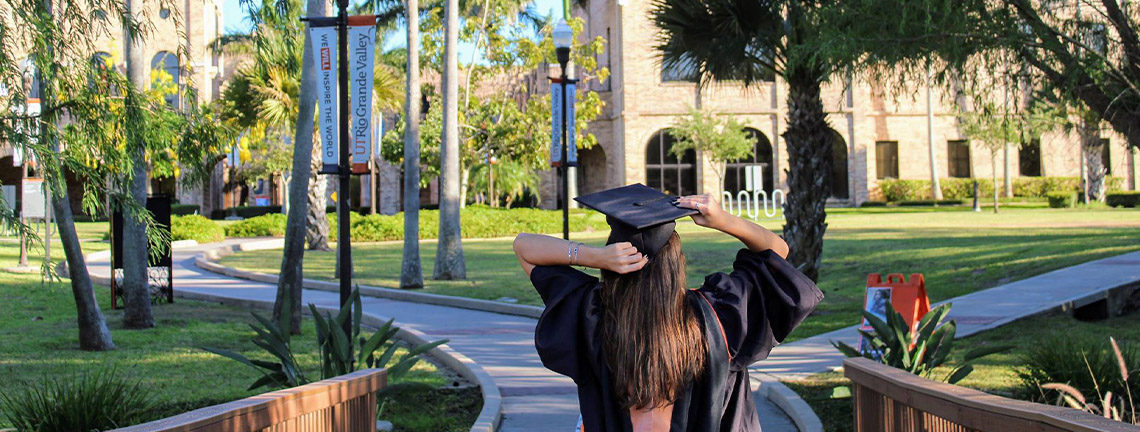
Theses and Dissertations
Date of Award
12-1-2024
Document Type
Thesis
Degree Name
Master of Science (MS)
Department
Agricultural, Environmental, and Sustainability Sciences
First Advisor
Richard Kline
Second Advisor
Alejandro Fierro-Cabo
Third Advisor
John H. Young Jr.
Abstract
Roadside exclusionary fencing is more prevalent on highways to prevent wildlife-vehicle collisions. Although it can mitigate wildlife road mortality by limiting their access to the road, it can also create a barrier for wildlife stranded within the right-of-way. In State Highway 100 of Texas, the Texas Department of Transportation installed ten wildlife exits to allow wildlife to escape the fenced roadway, and a pair of sensor lights on 13 wildlife guards (WGs) to scare off target species (bobcats and coyotes) from crossing the guards and accessing the roadway. In this study, the effectiveness of three wildlife exit (WE) designs were tested. The first design (Design A) was without a door and berm, and the second design (Design B) had a raised berm (ten WE sites) with door (Six WE sites) and no door (four WE sites). Lastly, a third design (Design C) was similar to Design B except for the raised berm, which was removed from all ten WE sites.
Design C without a raised berm and a pin door increased the “Approach rate” of meso-carnivores significantly, whereas the use of sensor lights at WGs were found to be ineffective in repelling bobcats and coyotes from accessing the roadway. Moreover, findings from this study provide an opportunity to mitigate wildlife-vehicle collisions by informing future modifications of WE and WG for the target species.
Recommended Citation
Maharjan, R. (2024). Guiding Wildlife: Evaluating Wildlife Exit Designs and Sensor Lights for Safer Highways in South Texas [Master's thesis, The University of Texas Rio Grande Valley]. ScholarWorks @ UTRGV. https://scholarworks.utrgv.edu/etd/1625
Included in
Agriculture Commons, Animal Sciences Commons, Environmental Indicators and Impact Assessment Commons, Sustainability Commons


Comments
Copyright 2024 Rupesh Maharjan. https://proquest.com/docview/3153382050